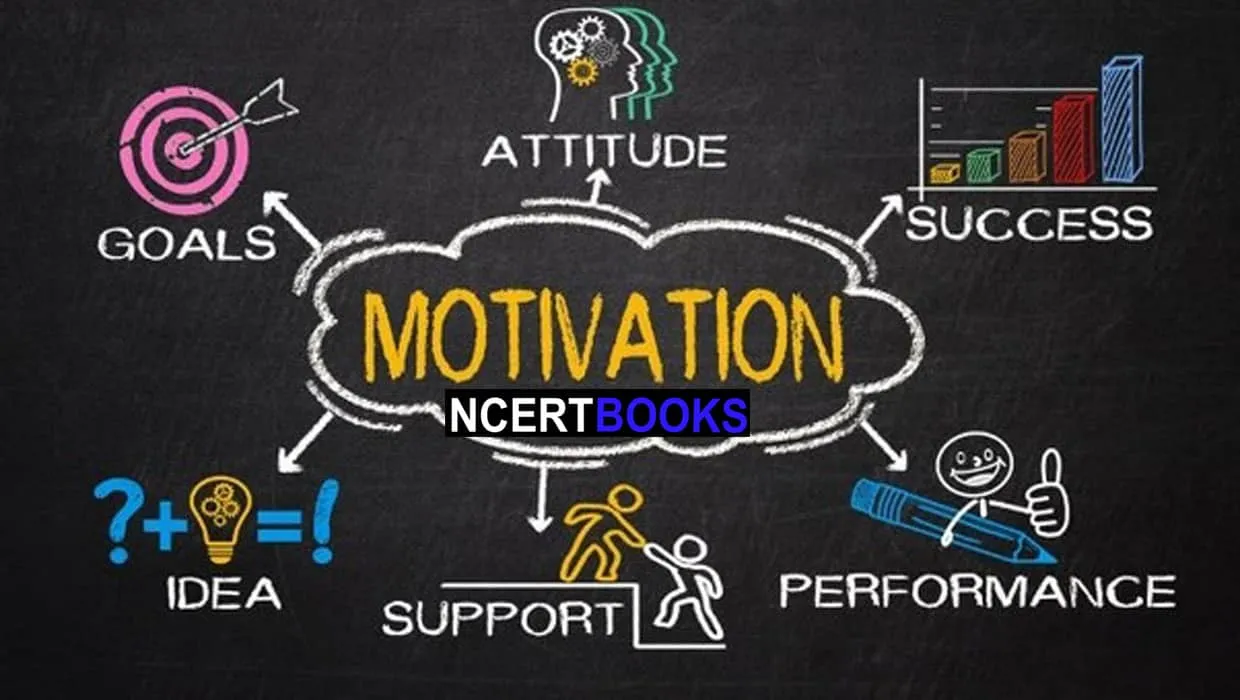The financial technology (fintech) sector has revolutionized the landscape of financial services over the past decade. By leveraging advancements in technology, fintech companies have introduced innovative solutions that challenge the traditional banking model. This article explores the impact of fintech on traditional banking, examining the ways in which fintech is reshaping the industry, the responses from traditional banks, and the broader implications for consumers and the financial ecosystem.
Evolution of Fintech

Fintech encompasses a wide range of applications including mobile banking, peer-to-peer (P2P) lending, robo-advisors, and blockchain technology. The rise of fintech can be attributed to several factors:
- Technological Advancements: Rapid advancements in technology have made it possible to deliver financial services more efficiently and at a lower cost.
- Consumer Demand: Today’s consumers expect convenience, speed, and accessibility in financial services.
- Regulatory Changes: Regulatory bodies have adapted to promote innovation while ensuring consumer protection.
Disruption of Traditional Banking Models
Fintech companies are disrupting traditional banking models by offering services that are more customer-centric and cost-effective. The following sections highlight key areas where fintech has made significant inroads:
Payments and Transactions
One of the most visible impacts of fintech is in the payments and transactions space. Companies like PayPal, Square, and Stripe have made digital payments more accessible and efficient. Traditional banks, which have relied heavily on fees from transaction services, now face competition from these nimble fintech players.
Lending and Credit
Fintech firms have transformed the lending industry with the introduction of P2P lending platforms and online lending marketplaces. Companies like LendingClub and Prosper use algorithms and big data to assess creditworthiness, often providing loans at lower interest rates and with faster approval times compared to traditional banks.
Wealth Management
Robo-advisors, such as Betterment and Wealthfront, use automated, algorithm-driven financial planning services to provide wealth management advice with minimal human intervention. This has democratized access to investment services, challenging the traditional model of human financial advisors.
Blockchain and Cryptocurrencies
Blockchain technology and cryptocurrencies have introduced new ways to handle transactions and store value. Bitcoin, Ethereum, and other cryptocurrencies operate independently of traditional banking systems, posing a potential threat to the centrality of banks in the financial ecosystem.
Response from Traditional Banks
Traditional banks have not remained passive in the face of fintech disruption. Many have adopted a variety of strategies to stay competitive:
Digital Transformation
Banks are investing heavily in digital transformation initiatives. By embracing technology, they aim to offer services that are comparable to those of fintech companies. This includes the development of mobile apps, online banking platforms, and digital customer service channels.
Strategic Partnerships and Acquisitions
To harness fintech innovations, many banks are forming strategic partnerships with fintech companies or acquiring them outright. These collaborations allow banks to integrate new technologies and improve their service offerings without developing these capabilities in-house.
Innovation Labs and Accelerators
Banks are establishing innovation labs and accelerator programs to foster a culture of innovation. These initiatives support the development of new financial products and services, helping banks to stay ahead of the curve.
Benefits to Consumers
The competition between fintech and traditional banking has led to several benefits for consumers:
Increased Accessibility
Fintech has made financial services more accessible, particularly for underbanked and unbanked populations. Mobile banking and digital wallets provide convenient financial tools to those who may not have easy access to traditional banking infrastructure.
Lower Costs
The efficiencies introduced by fintech have led to lower costs for consumers. Online banking services often have lower fees compared to traditional banks, and P2P lending platforms offer more competitive interest rates.
Enhanced Customer Experience
Fintech companies prioritize user experience, offering intuitive and user-friendly interfaces. This focus on the customer has pushed traditional banks to improve their own service delivery, leading to a better overall experience for consumers.
Challenges and Risks
While the rise of fintech brings many benefits, it also introduces challenges and risks that need to be addressed:
Regulatory Concerns
The rapid pace of fintech innovation has outstripped regulatory frameworks in some areas. Ensuring that new financial technologies comply with existing regulations and consumer protection laws is a significant challenge.
Security Risks
The digital nature of fintech services makes them susceptible to cyberattacks and data breaches. Ensuring robust cybersecurity measures is crucial to protect consumer data and maintain trust in digital financial services.
Market Fragmentation
The proliferation of fintech companies has led to a fragmented market. Consumers may face difficulties in navigating the myriad of options available, and there is a risk of over-reliance on unregulated entities.
Future Outlook
The relationship between fintech and traditional banking is likely to evolve further in the coming years. Some key trends to watch include:
Increased Collaboration
As the lines between fintech and traditional banking continue to blur, increased collaboration between the two sectors is expected. This collaboration will likely lead to the development of hybrid models that leverage the strengths of both fintech and traditional banks.
Greater Emphasis on Personalization
Advancements in artificial intelligence and big data analytics will enable financial services providers to offer more personalized products and services. This will enhance customer engagement and satisfaction.
Expansion of Blockchain Applications
Beyond cryptocurrencies, blockchain technology has the potential to revolutionize areas such as supply chain finance, trade finance, and cross-border payments. Traditional banks may increasingly adopt blockchain to improve transparency and efficiency.
Analysis Table
| Area of Impact | Traditional Banking Model | Fintech Disruption | Outcome |
| Payments and Transactions | Reliant on transaction fees, slower processing | Faster, lower-cost digital payments | Reduced revenue from transaction fees, improved service speed |
| Lending and Credit | Lengthy approval processes, higher interest rates | Quick approval, lower interest rates through P2P platforms | Competitive interest rates, faster loan processing |
| Wealth Management | Human advisors, high fees | Automated robo-advisors, lower fees | Democratized access to investment services, reduced advisory fees |
| Blockchain and Cryptocurrencies | Centralized control, limited transparency | Decentralized, transparent transactions | Potential disintermediation of traditional banking functions |
Comparative Table
| Feature | Traditional Banks | Fintech Companies |
| Technology Adoption | Gradual, slower to innovate | Rapid, technology-driven |
| Customer Experience | Traditional, branch-based services | Digital-first, user-friendly interfaces |
| Cost Structure | Higher fees, operational costs | Lower fees, leaner operations |
| Speed of Service | Slower processing times | Fast, real-time services |
| Accessibility | Limited to banked populations | Broader reach, including underbanked |
Conclusion
The impact of fintech on traditional banking is profound and multifaceted. Fintech companies have introduced innovations that challenge the conventional banking model, pushing traditional banks to adapt and innovate. While there are challenges and risks associated with this transformation, the ultimate beneficiaries are consumers who enjoy increased accessibility, lower costs, and enhanced customer experiences. The future of financial services will likely see even greater collaboration between fintech and traditional banks, leading to a more integrated and efficient financial ecosystem.









